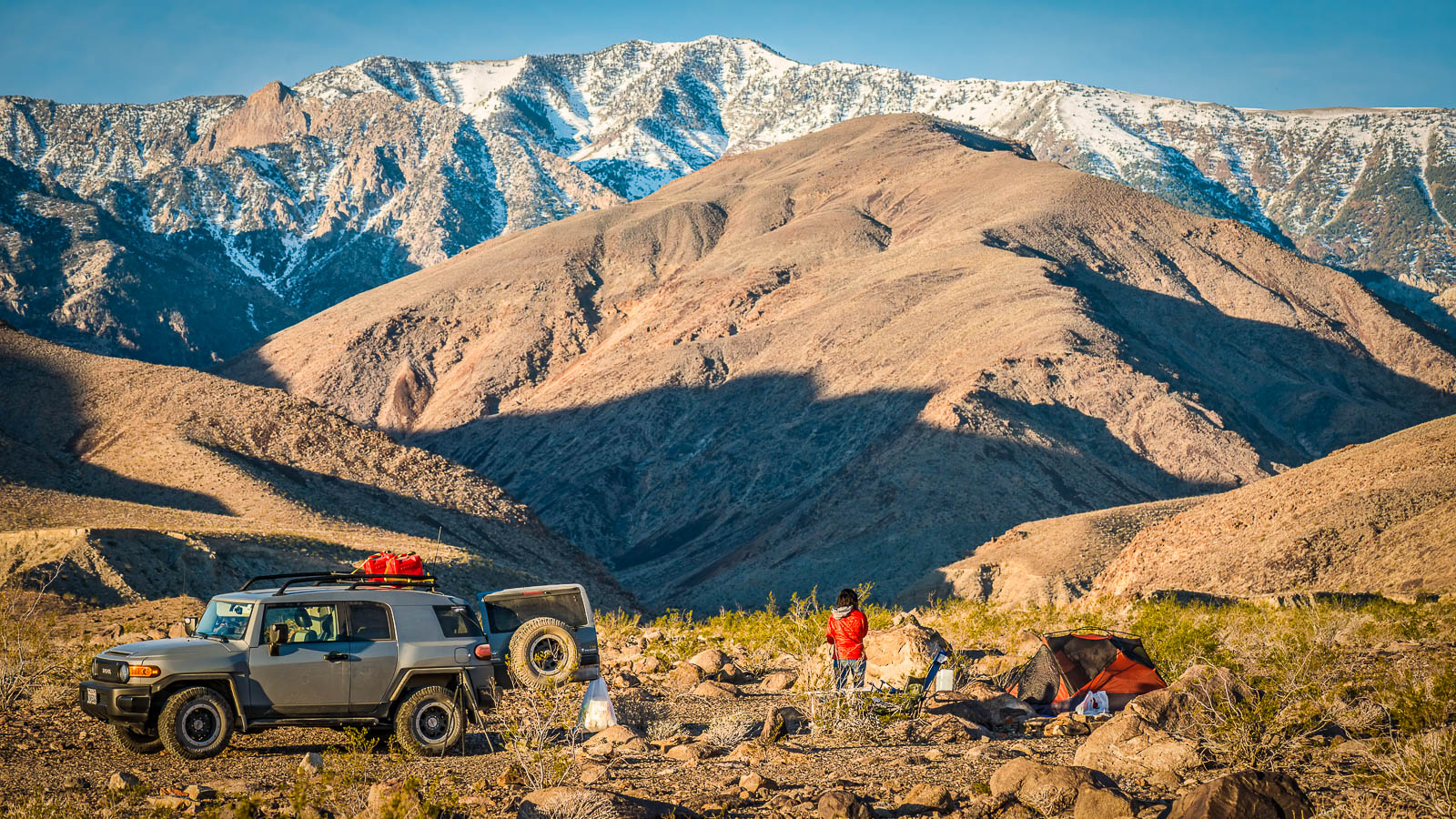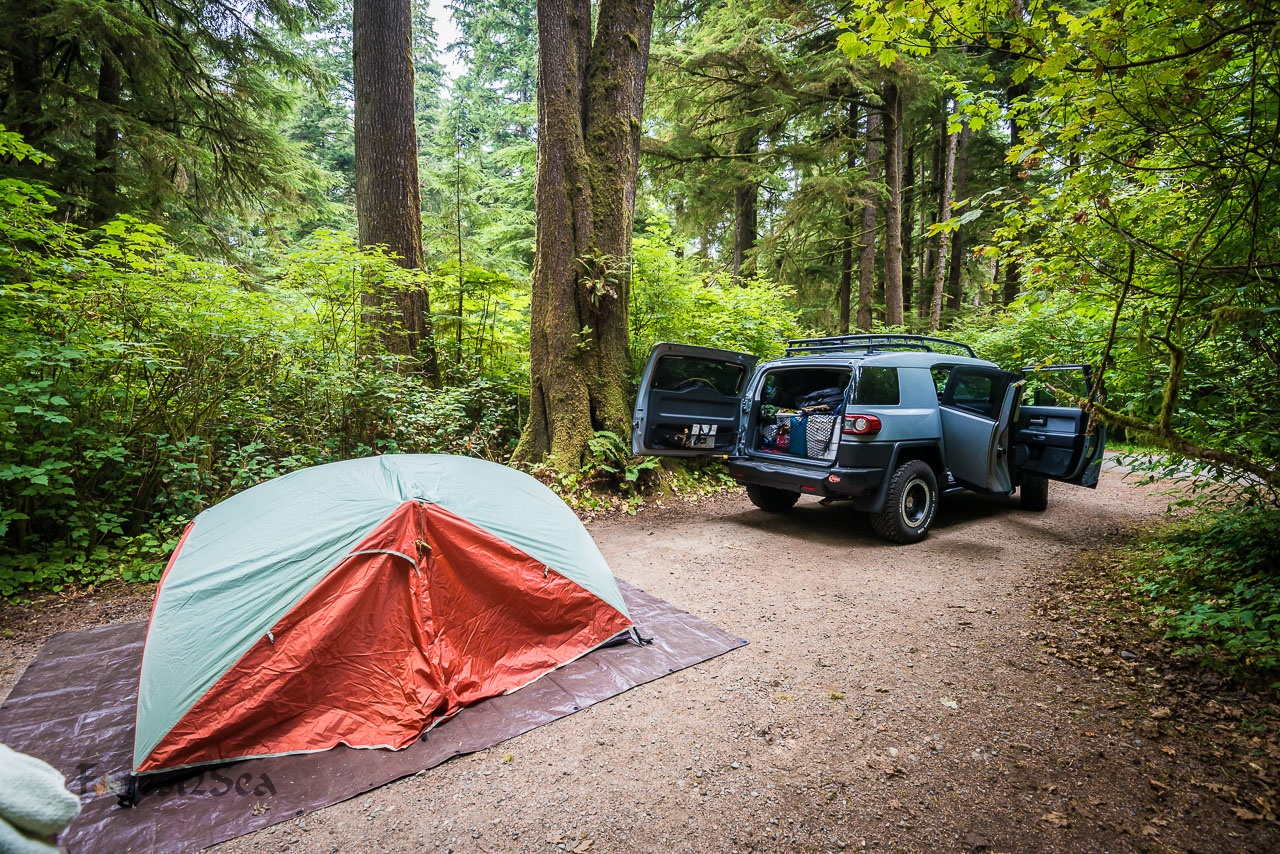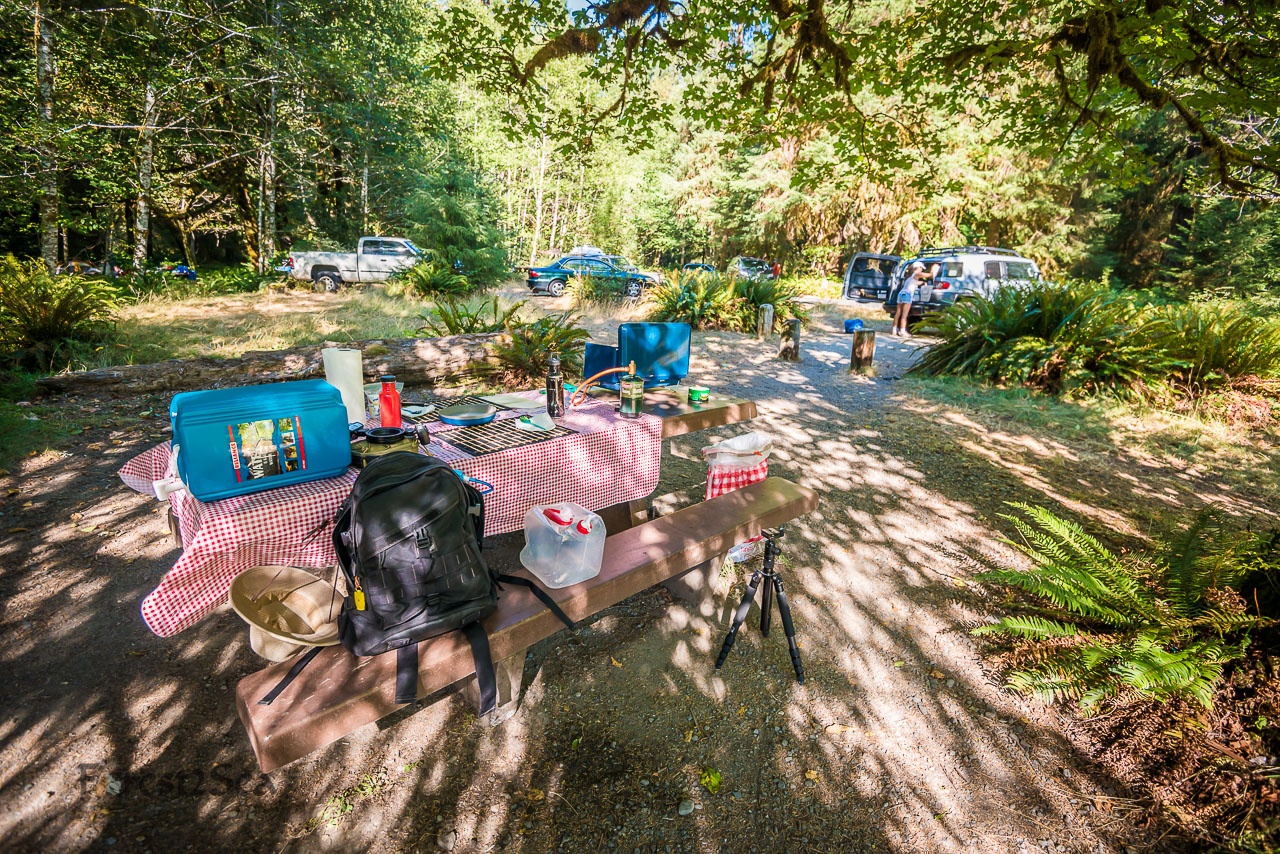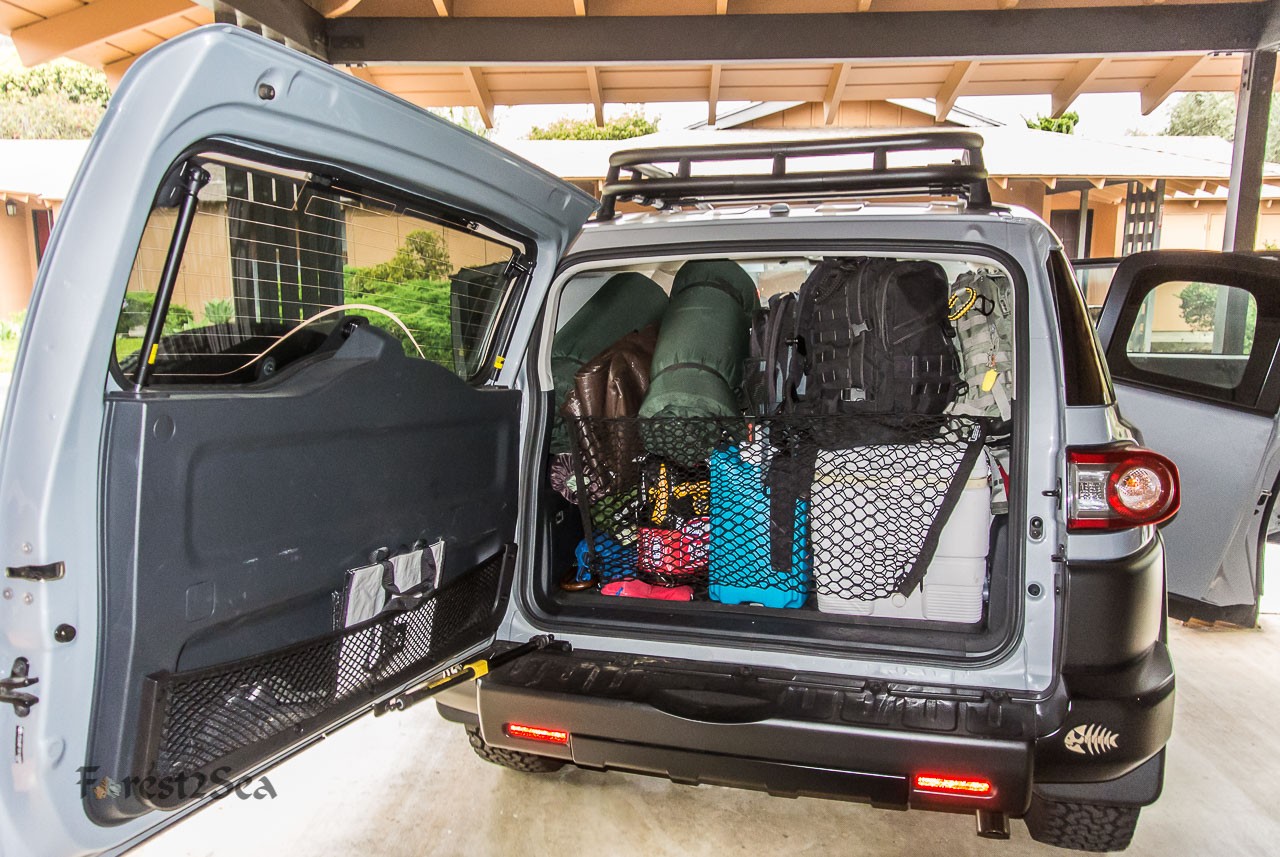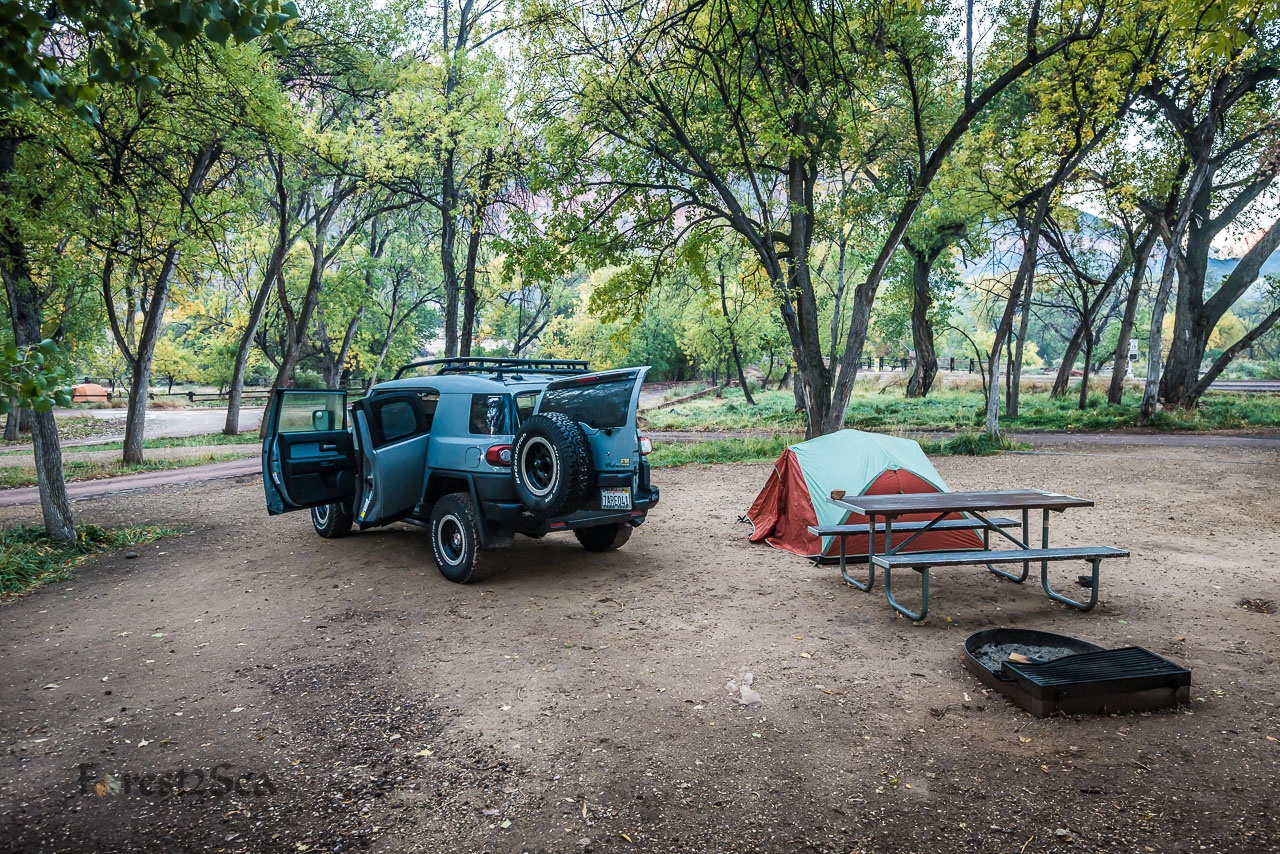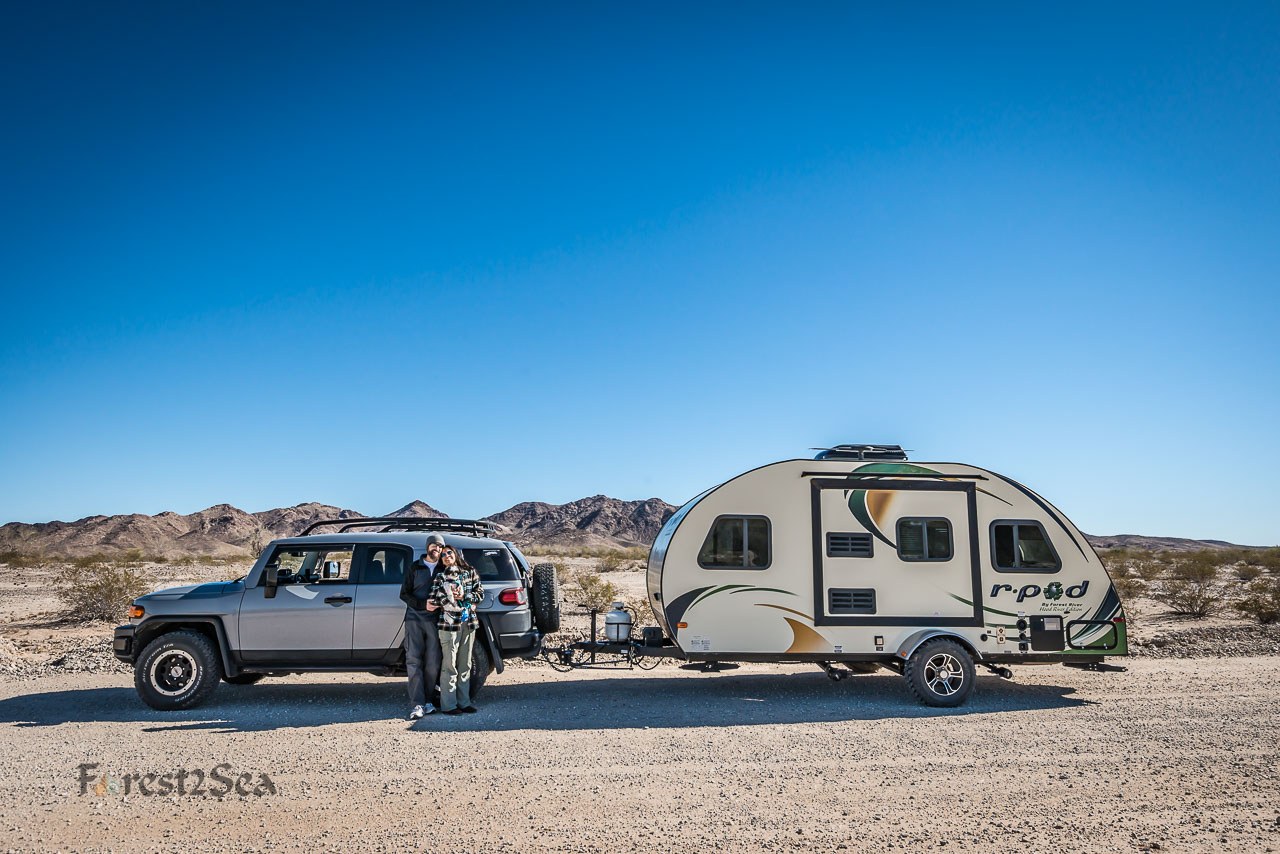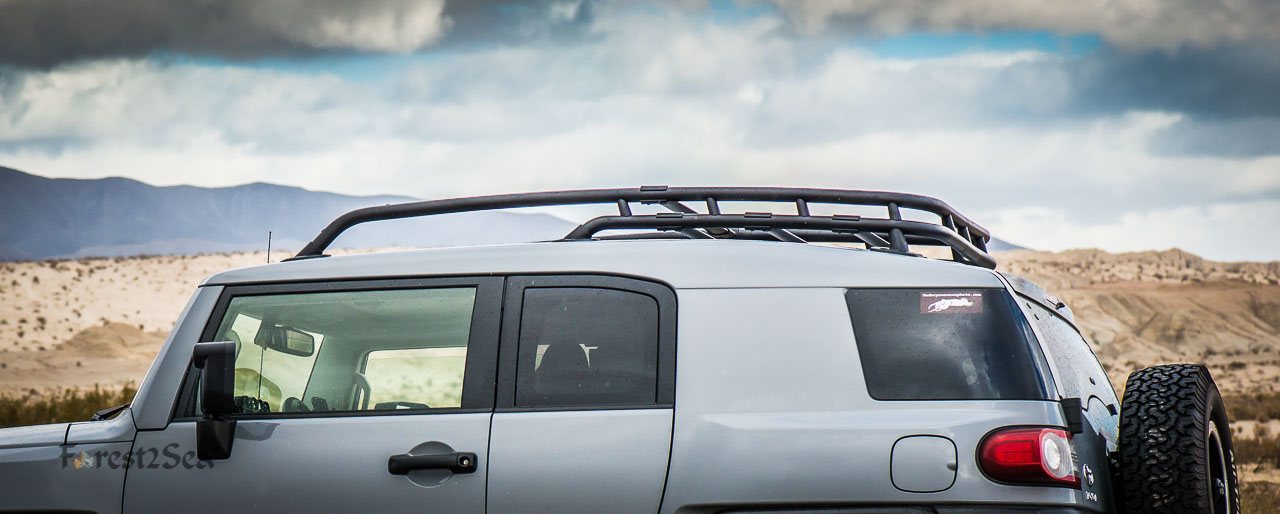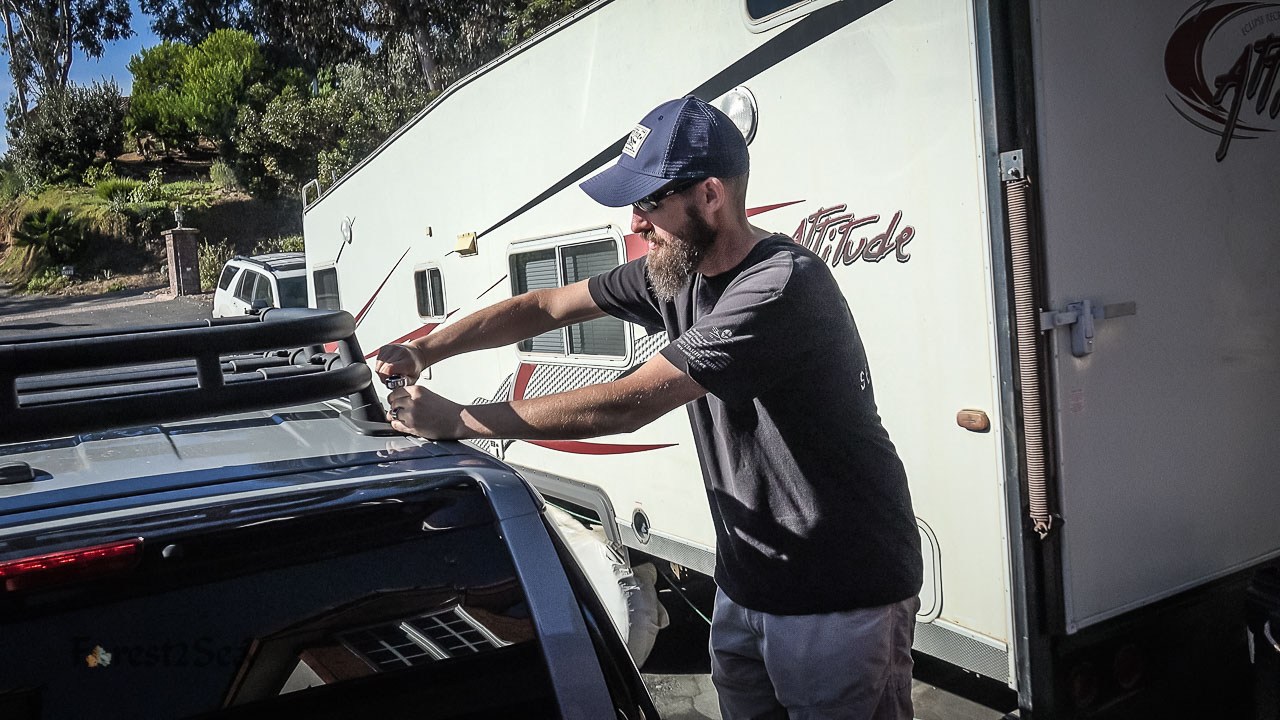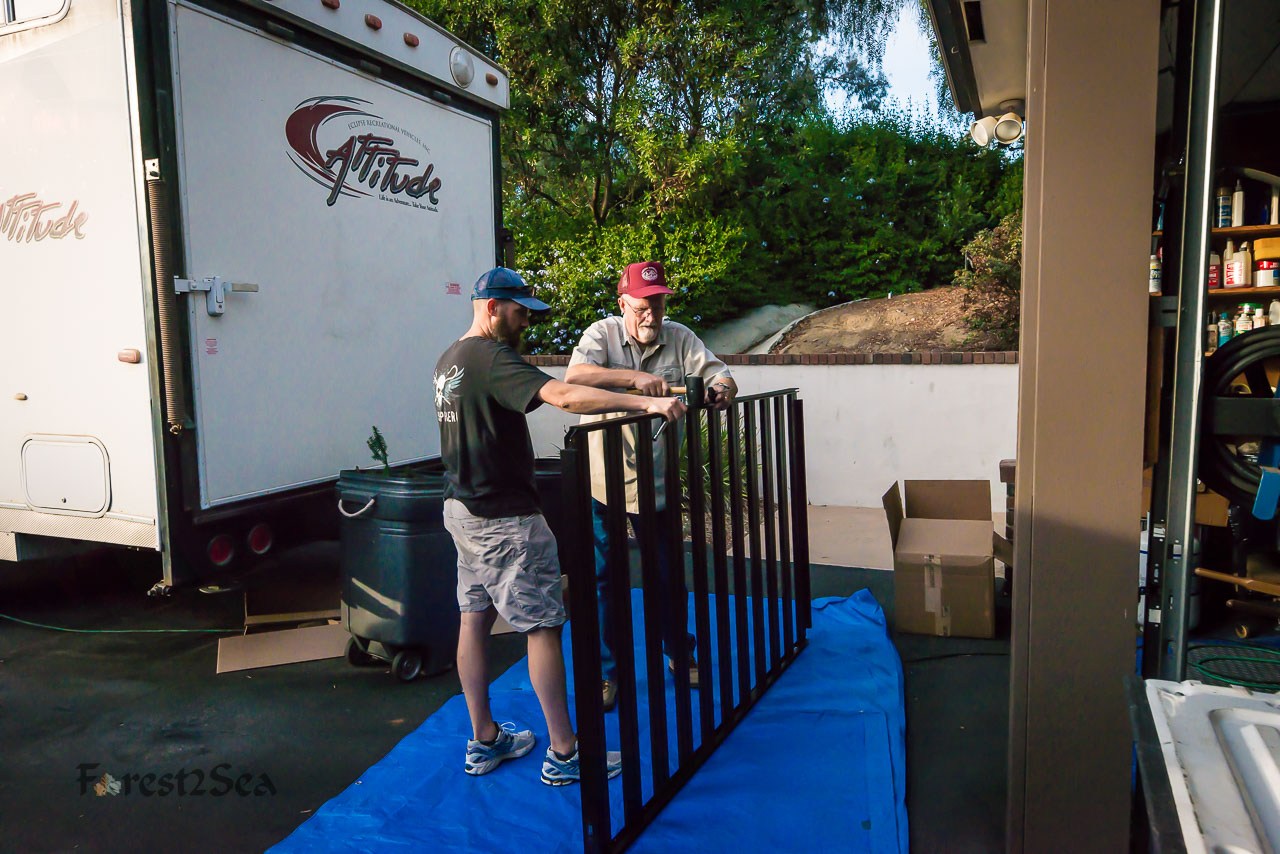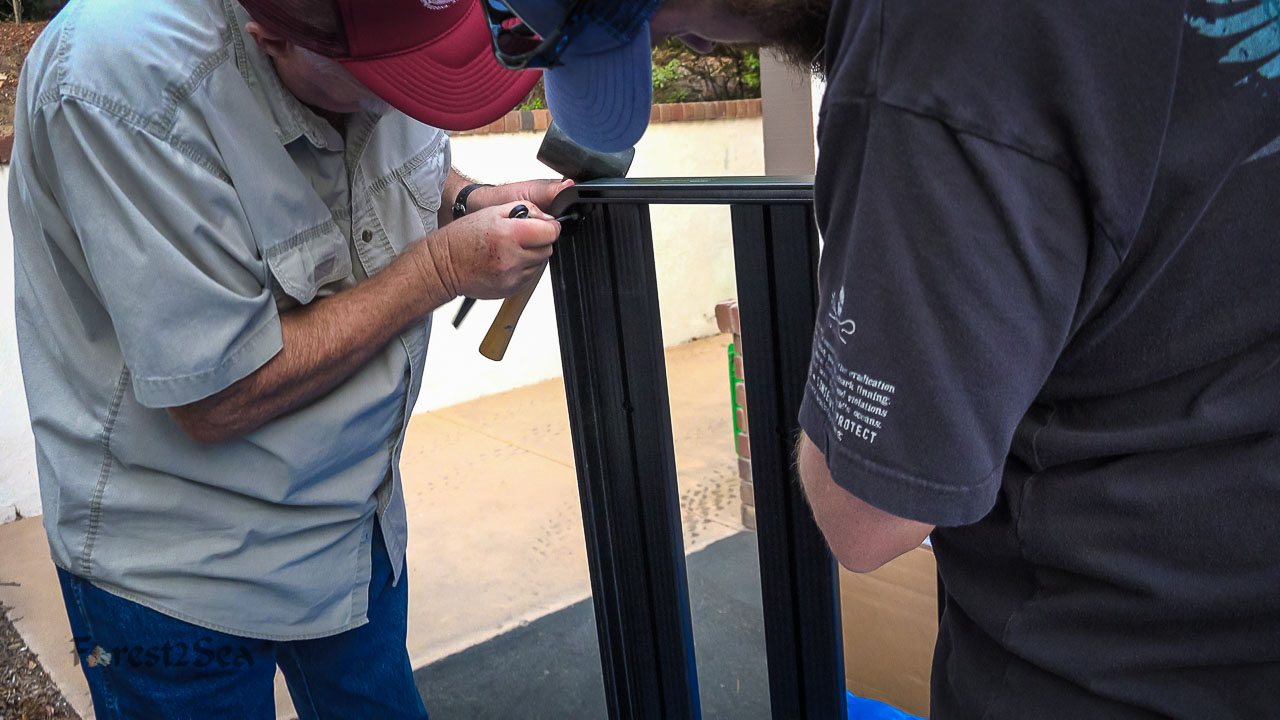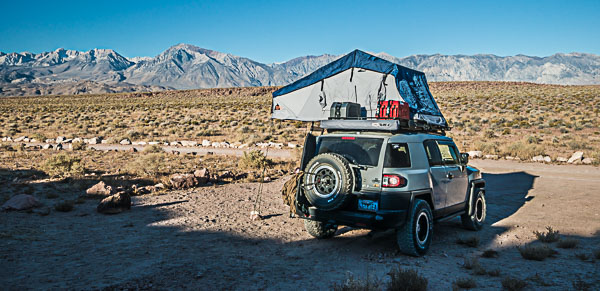Camping in our FJ Cruiser
Overland and Exploration
Systems Engineering / Requirements Analysis
- Easy to setup and take down
- More time for adventure and photography.
- Protection from the sun, wind and rain
- The Pacific Northwest (PNW) is our favorite part of the country, so that’s what we want to be prepared for.
- A camp kitchen
- Quick setup and easy access to water, fridge, stove and prep area.
- Plenty of extra gas (learned from Death Valley)
- FJs don’t have large fuel tanks or get the greatest gas mileage. 🙁
- Plenty of extra water
- We want to be able to travel without access to fresh water sources.
- A comfy bed
- A good sleep while camping/traveling can be a challenge.
- Modular – we can remove components when we’re not camping
- Because we use the FJ for other things.
- Shower setup
- If we’re out there long enough, this becomes more important if we want to be near other humans again.
- Storage
- We need compartmentalized storage so we’re not constantly digging for things in the back.
- Off-grid power
- We’ll want something to power a fridge.
- The ability to recharge camera batteries is important.
- Socially/eco responsible products (as much as possible)
- Fair labor, no animal products, renewable materials when possible.
- Durable
- We’d rather pay more up front than have it break down while in use, in the middle of nowhere.
- Hot Tub*
- Because, why not!
- Butler*
- Wouldn’t that be nice.
Throughout this series, I’m going to try to provide enough information for someone else who is looking to build something similar. We want you to take advantage of the homework we’ve done or learn from the mistakes we’ve made. At the same time, we don’t think you want to read a 50 page blog just on installing a roof rack. We’re more than happy to provide more information, so if there’s something you’re looking for, please leave a comment and we’ll provide the gory details!
Check out the really cool video that CrtrGrl made to share some of the fun we had putting it together:

